Life expectancy in Tamworth depends on which side of the tracks you live on
A railway track cuts through this NSW town, splitting it between east and west. It’s only a few metres wide, but it makes a big difference which side you’re on.
NSW
Don't miss out on the headlines from NSW. Followed categories will be added to My News.
Kevin Duroux stares at his hand and begins to count. He’s just been asked how many people he knows who are over 85. It’s a simple question, one that most would answer without hesitation. But Mr Duroux pauses. He furrows his brow, glances at his hand, and raises four fingers.
That’s the number you get when you live in Coledale, West Tamworth, where the median age of death is 69. It would be a different story if he lived in East Tamworth, just a few kilometres away. There, the median age of death is 85.
A rusted railway track cuts through Tamworth, splitting the town between East and West. It’s only a few metres wide, but in this town, how long you live depends on which side you live on.
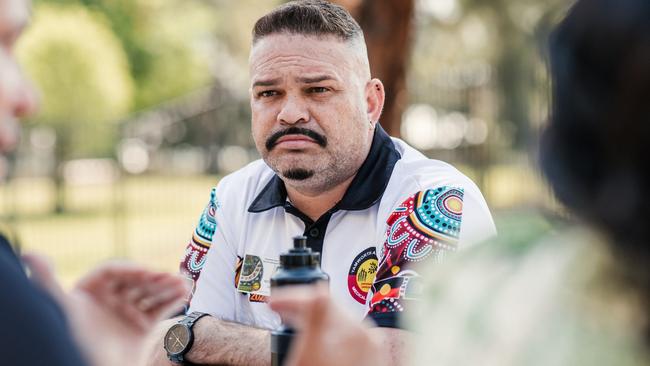
Mr Duroux, the deputy CEO of an Indigenous health service, is just 38. Some say it’s an age when life just gets started, but for Mr Duroux, it marks the beginning of the end.
“People my age now, at the end of their 30s, they start making sure they have all their debts cleared so they are not leaving that on the family, and making sure they’re in a good funeral fund,” he says.
These words should belong to a mouth lined with creases, spoken in a voice croaky with old age. Not a smooth-faced 38-year-old.
One of Tamworth Councillor Marc Sutherland’s proudest achievements in local government was getting Coledale its first public toilet.
He is the first Indigenous councillor ever elected to the Tamworth Council. He is also the first person in the council to come from Coledale.
“It shouldn’t be seen as a success, just to get people access to a public toilet,” he says.
But, as Mr Sutherland explains, that’s the reality of Coledale, a suburb where unacceptable behaviour has become the norm.
“It’s the acceptance of behaviour that wouldn’t be tolerated anywhere else,” he says.
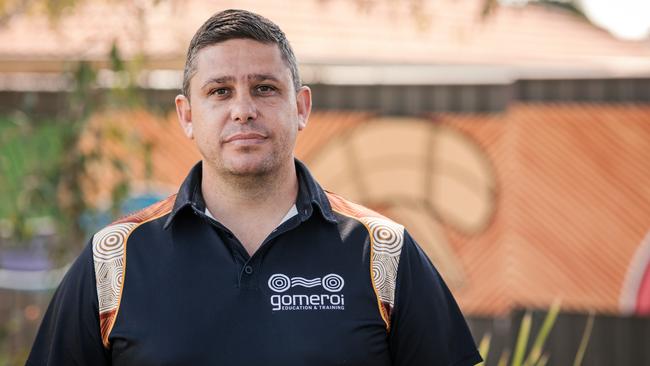
He sees it in kids skipping school due to hunger, mums feeding their kids McDonald’s because it’s all they can afford, and elderly residents walking 2km for bread because there’s no local store and taxis won’t come.
“It’s just these events that just add up and constantly remind you of where you are, highlighting the fact that some areas of town are less valuable,” says Cr Sutherland.
When asked why there is such a huge divide in life expectancy between East and West Tamworth, Cr Sutherland has one answer. Poverty.
“The divide that exists in Tamworth is pretty well known. Once you step over the rail line there is a decline in services. That’s been spoken about since I was a youngster,” he said.
“There’s been efforts in the past to address it, but the reality is that there’s still high levels of neglect from every service that exists here.
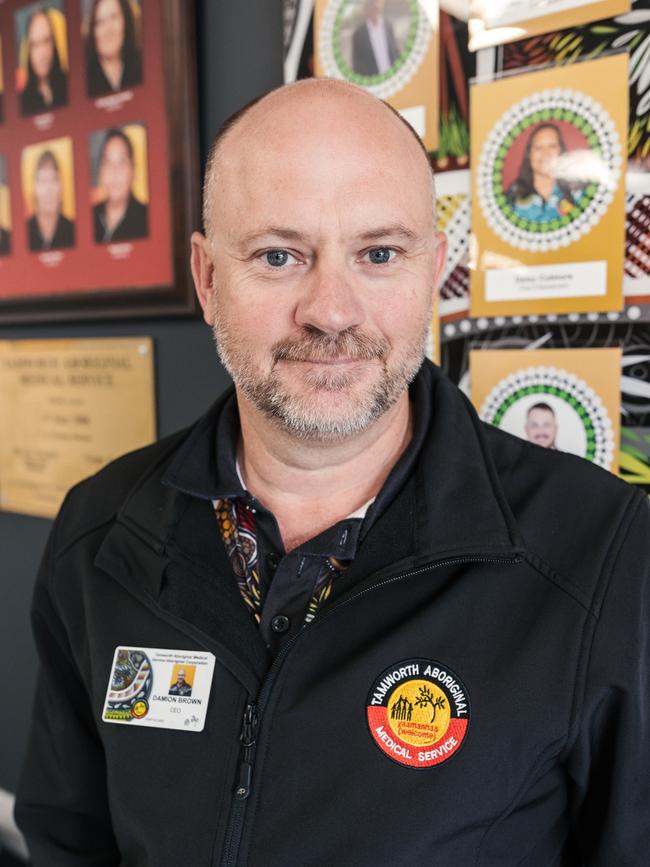
“A shortage of access leads to a shortage of options. We know what the outcomes are for any community facing that level of struggle or disadvantage.
“It’s really easy for people to identify the outcome of social disadvantage and use that as a determinate to reduce services further,” he said.
“We know that for people who are struggling with social disadvantage there’s a higher rate of anti-social behaviour. We know that there’s higher rates of substance abuse and unemployment.”
Coledale has a population of around 3000 but lacks most key services.
There’s no shopping centre, no health centre.
Locals, many of whom do not have a car or licence, must order taxis (which rarely come), catch an unreliable bus, or walk the 2km to the other side of town.
Cr Sutherland explains that while there is a disproportionately high population of Aboriginal people in Coledale compared to other suburbs in Tamworth, disadvantage touches everyone in the West.
“People are products of the environment – that’s in any scenario, you know. And to label any young person who’s had no choice in the situation that they’re in is unfair, but it’s something that happens quite often,” he said.
“It’s not about changing individuals - it’s about changing their circumstances,” he said.
Cr Sutherland speaks from experience. He grew up in Coledale and knows what it is like to carry its label through life.
He is also leading the charge to change.
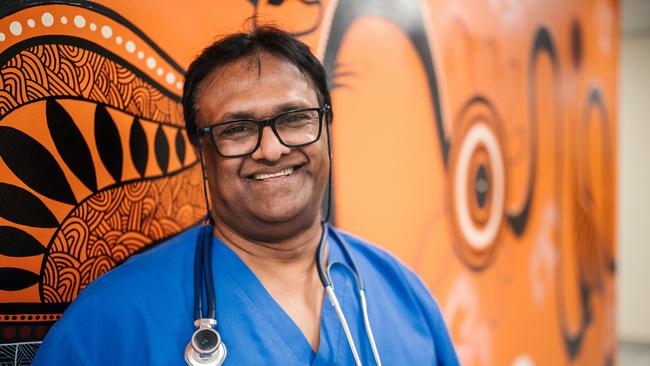
The team of men and women at Tamworth Aboriginal Medical Service are a part of that solution.
Located in East Tamworth and headed by CEO Damion Brown, deputy CEO Mr Duroux, and a board of respected Indigenous leaders, the service is fighting to make a difference.
It’s the only fully bulk-billed medical service in Tamworth and has spent the past 25 years dedicated to helping a community with the odds stacked against it.
From GP checks to dental clinics, optometrist appointments, counselling and cardiac rehabilitation, there is little the clinic doesn’t provide. But they are also in huge demand.
When we visit the centre, it is heaving.
This place is working to not only bridge the gap, but go beyond it. Every day, they get closer to their target.
“I am picking up more and more nicotine chewing gum than cigarette butts every day,” says Robert Irwin, a respected elder and community leader.
It’s these small wins, such as gum outnumbering cigarette butts in the car park that the centre celebrates.

In the centre, a little girl, with a shy smile, scampers around. Her dad, Sabian Upward, explains that she is four years old and here for a hearing test. They have been waiting 12 months to see a specialist.
“She’s been having issues seeing specialists. It’s just endless. Waitlists are over 12 months. It can be years. It saddens me because we can see that she’s not hitting milestones,” says Mr Upward.
“If we didn’t have this service, it would be very tough,” he says.
Mr Brown is urgently pushing for a new centre to open in West Tamworth.
“We have run out of space. We need a safe, culturally appropriate place that everyone feels comfortable to go to,” he said.
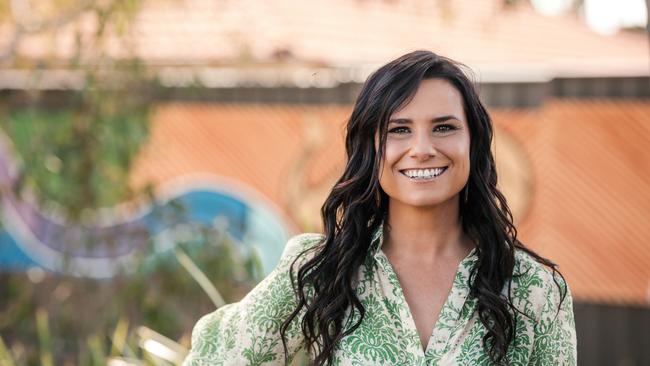
If you are a woman living in West Tamworth, the gap is even worse. The average age of death for a woman in West Tamworth is 64, compared to 87 in the East.
Local GP Casey Sullivan sees the divide every day at work.
“You find that the women are often doing the caring for everyone so they put themselves last. The woman is the last one to take care of yourself.
“When you’ve already got all of these access issues, and you’re already trying so hard to get your family members to the appointments, you’re just not going to make it,” she said.
If you go by the stats, Kevin is 38 — midway through his life. But he is determined to beat the odds.
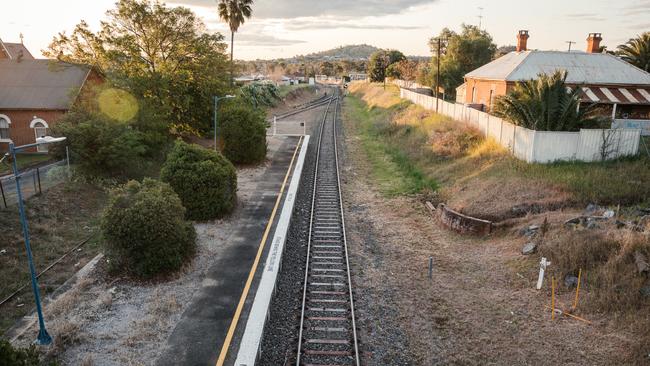
He wants to change this community so that a young death isn’t normal and funerals are not an everyday occurrence.
“We go to so many funerals. During a bad period there’s four to five funerals a week. Funerals aren’t even sad anymore, because it’s expected,” he says.
“Young people are more cavalier, they do tend to take risks because they feel they are limited in their time and years.
“They are more willing to be adventurous around drug and alcohol use because they think at
the end of the day ‘I am only going to make it to 50 plus. Let’s have fun now.”
Do you have a story for The Daily Telegraph? Message 0481 056 618 or email tips@dailytelegraph.com.au




